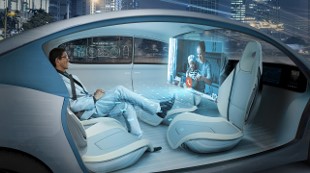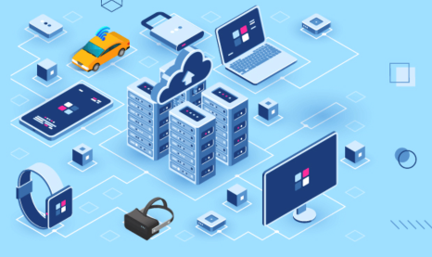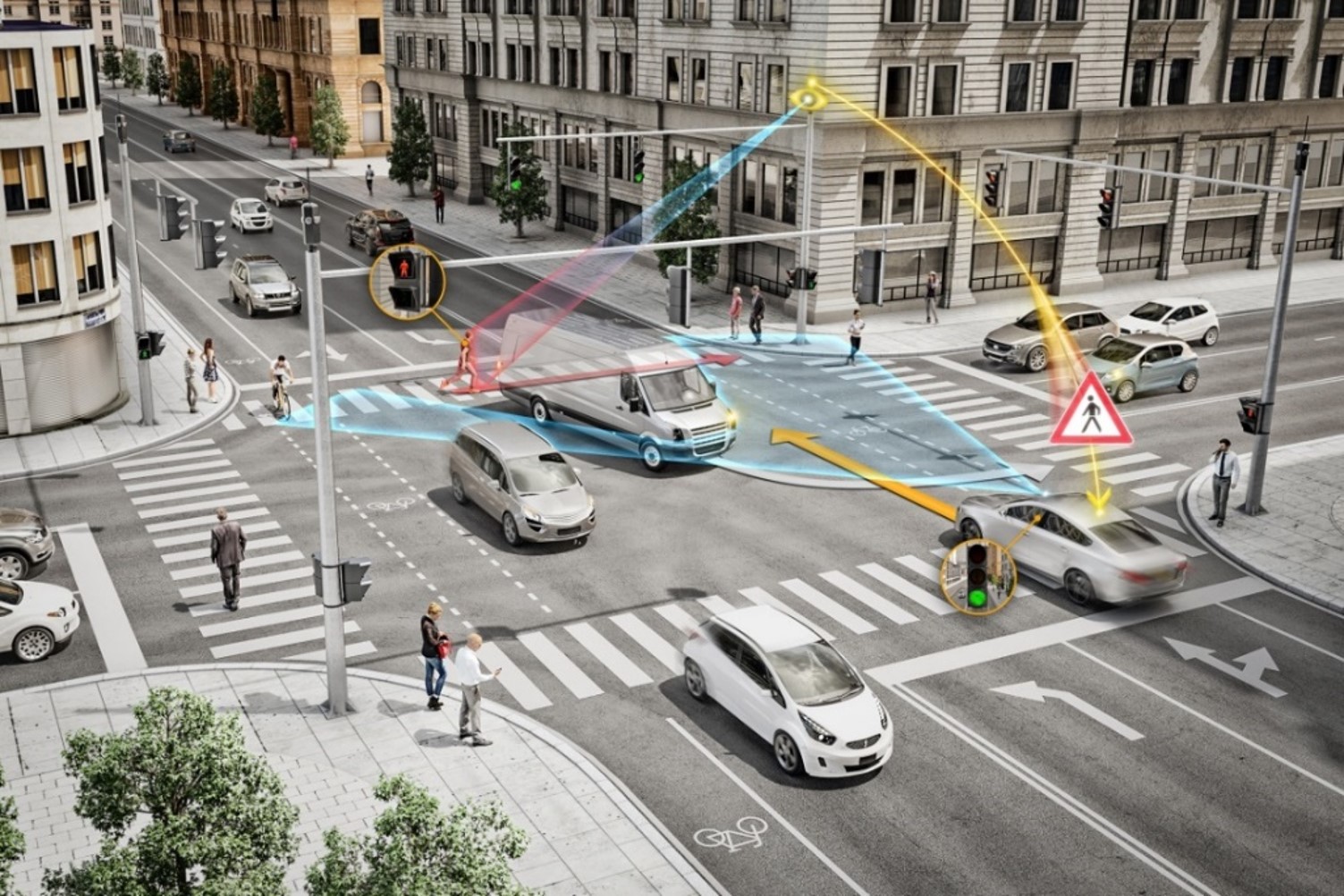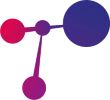Trustworthy Cyber-Physical Systems
As machines become more electrified, automated, and software-driven, it is essential to ensure that they are trustworthy. Cyber-Physical Systems (CPS) are integrated "smart CPS" that enable dependable, sustainable, and cost-effective functionality. The research area in CPS is rapidly expanding and poses unique challenges, providing a chance to shape our future society. The KTH Mechatronics division, with over 40 years of experience in CPS, is working to shape a future with highly automated, connected, and collaborating machines powered by software and artificial intelligence.
Modern machines are transforming to become electrically driven, automated and software driven! For example, a modern car includes millions of lines of code and is interconnected with cloud computing, which in turn is becoming more complex. As digitalization encompasses our society more deeply, it is essential to ensure that tomorrow's systems do what we expect - i.e. are trustworthy.
CPS can be seen as an umbrella term concerned with how much "smart CPS" can be integrated in order to realize the intended functionality, with the right performance and at the right cost while being dependable, trustworthy, maintainable and generally sustainable.

The research area is expanding, filled with unique scientific and engineering challenges, and is closely related to how we want to shape our future society.
What will the future look like for highly automated, connected and collaborating machines, defined by software and artificial intelligence algorithms?
What are Cyber-Physical Systems?

Cyber-physical systems (CPS) are a type of technology that combines computation, communication, and physical processes to create small and large-scale systems with enhanced capabilities.
The term "CPS" was first coined in 2006 and can be considered an overarching concept that encompasses the field of mechatronics.
There are several strong trends in the development of CPS, including "smartness," "levels of automation," "connectivity," "software-defined," and "learning driven by data."
Traditionally, CPS research has focused on composability (the ability to combine cyber and physical systems to achieve specific properties), the development of CPS architectures and design techniques, and methods for managing complexity. Additionally, CPS research places a strong emphasis on multidisciplinary collaboration to bridge disciplinary gaps.
Our research in Cyber-Physical Systems
We focus on the following areas:
(1) Trustworthy CPS, which encompasses dependability properties such as safety, security, and availability, as well as properties related to artificial intelligence and data, including transparency, fairness, and privacy. The division also examines the trade-offs and challenges associated with mixed criticality systems.
(2) Connected and collaborating CPS, including the interactions and infrastructure of CPS systems of systems, with a particular emphasis on edge computing and cellular communication.
(3) CPS life-cycle and complexity management, which involves managing a CPS throughout its life-cycle by gathering requirements, modeling, creating digital twins for predictive maintenance, and upgrading systems in a safe and secure manner.
The division's key research directions include evaluating the safety assurance of automated vehicles, finding the optimal balance between safety, cybersecurity, and availability, and ensuring trust among interacting CPS.

Research roadmap
There are several compelling reasons for multidisciplinary and collaborative research in this field, as it has relevance in many different application domains, and important socio-technical implications, such as impacting regulatory frameworks. To achieve success in this area, it is important to focus on building strategic partnerships and promoting the use of open research testbeds, with a primary focus on the domain of connected and automated vehicles within the realm of intelligent transportation.

TECoSA, the Center for Trustworthy Edge Computing Systems and Applications , plays a crucial role in this effort, as it serves as the backbone for continued research into this topic, with plans to continue its work through 2025-2029.
